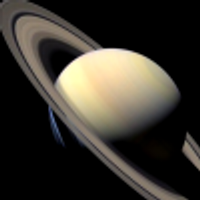
Astronomy Picture Of the Day
@apod
Each day a different image of our universe along with a brief explanation.
ID: 8295072
http://apod.nasa.gov/ 20-08-2007 01:01:43
9,9K Tweet
1,4M Takipçi
24 Takip Edilen



















@apod
Each day a different image of our universe along with a brief explanation.
ID: 8295072
http://apod.nasa.gov/ 20-08-2007 01:01:43
9,9K Tweet
1,4M Takipçi
24 Takip Edilen

















